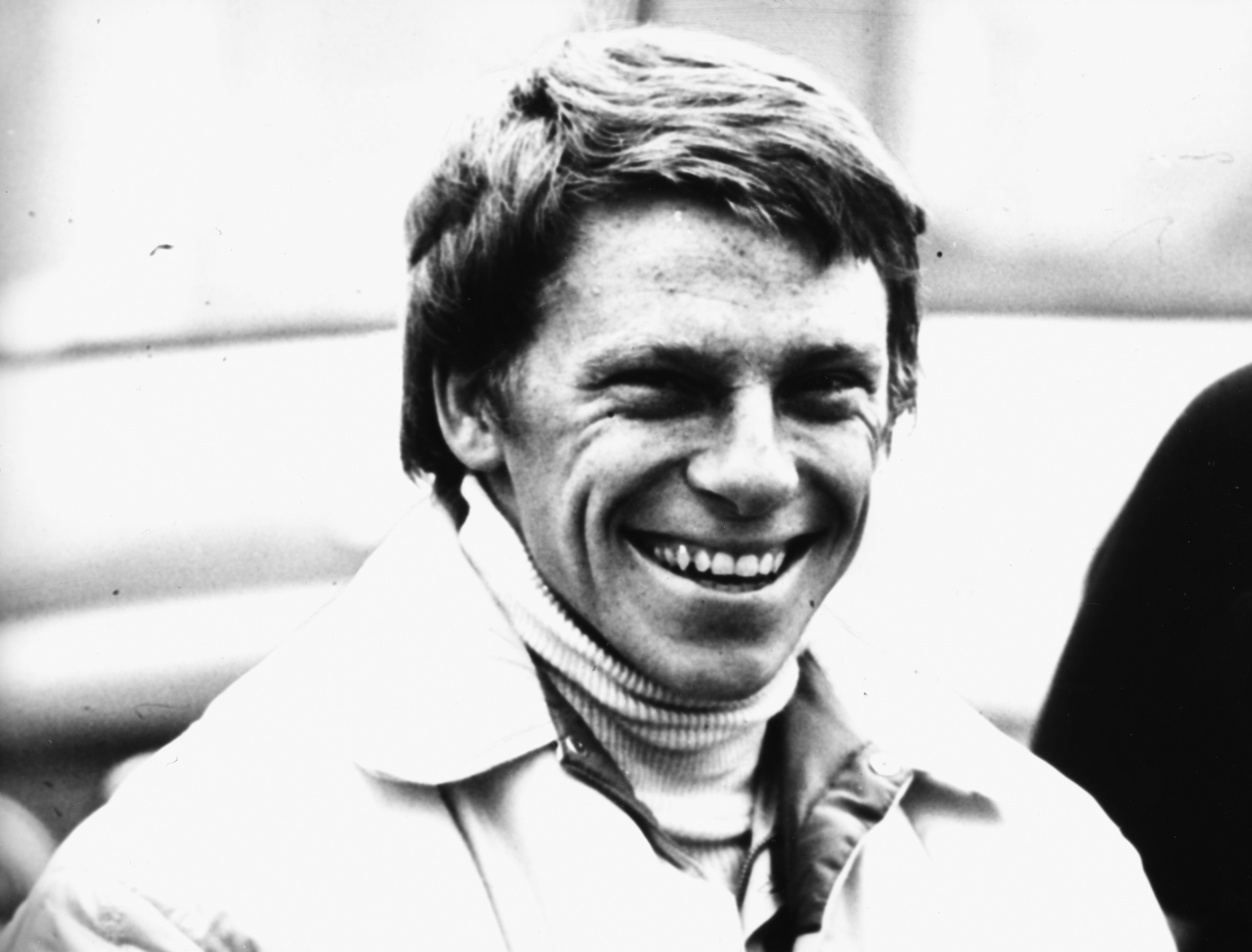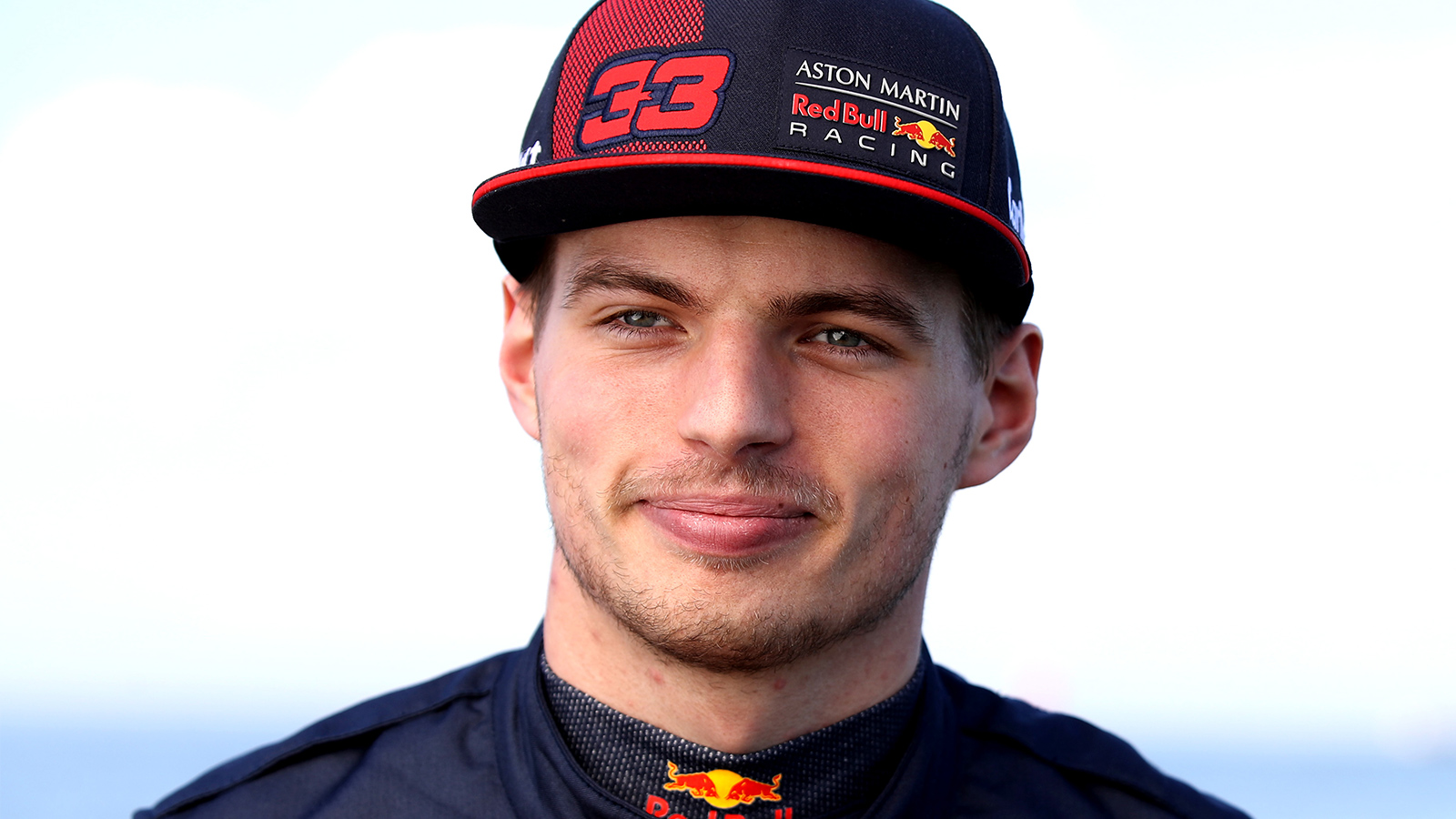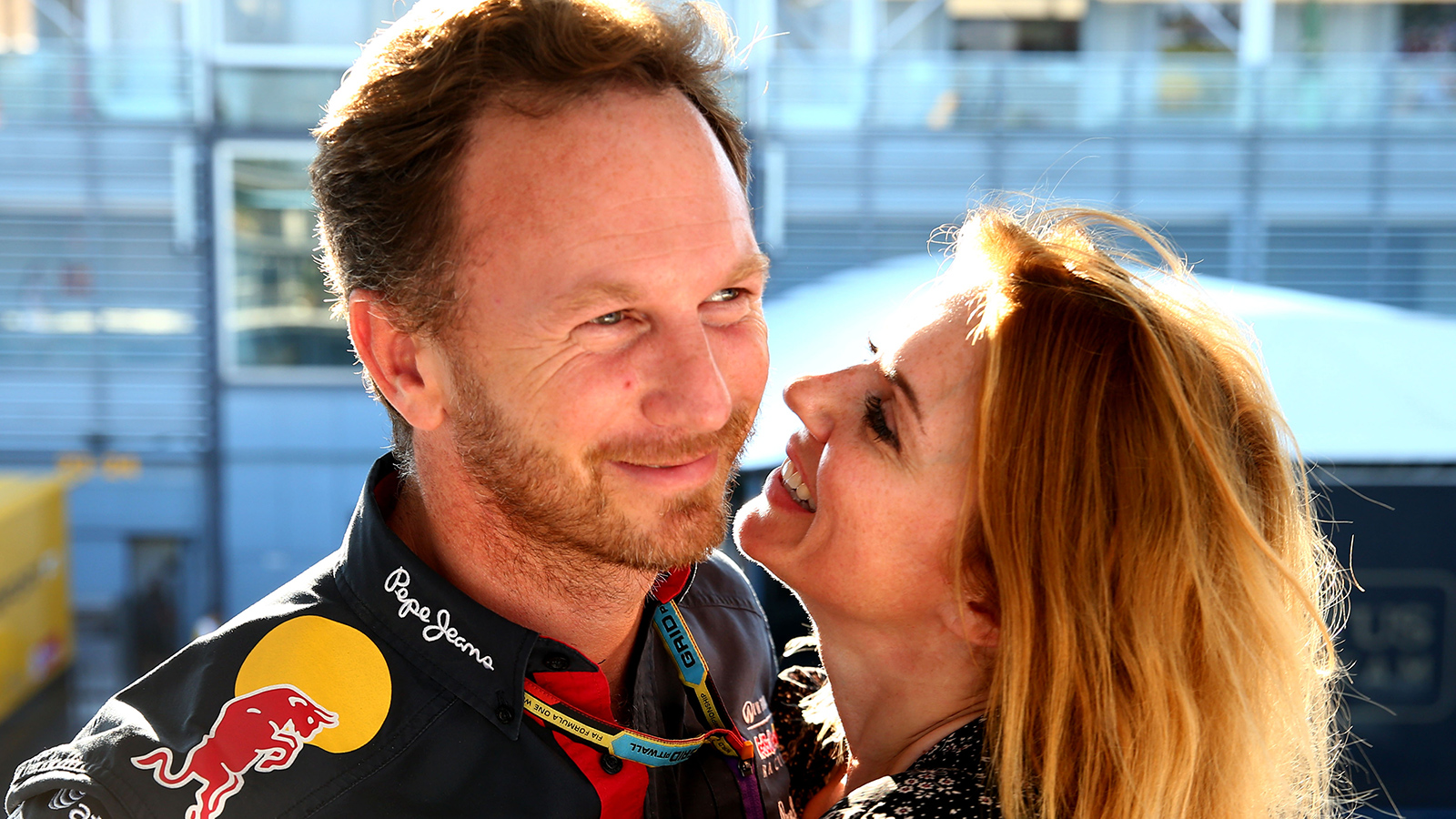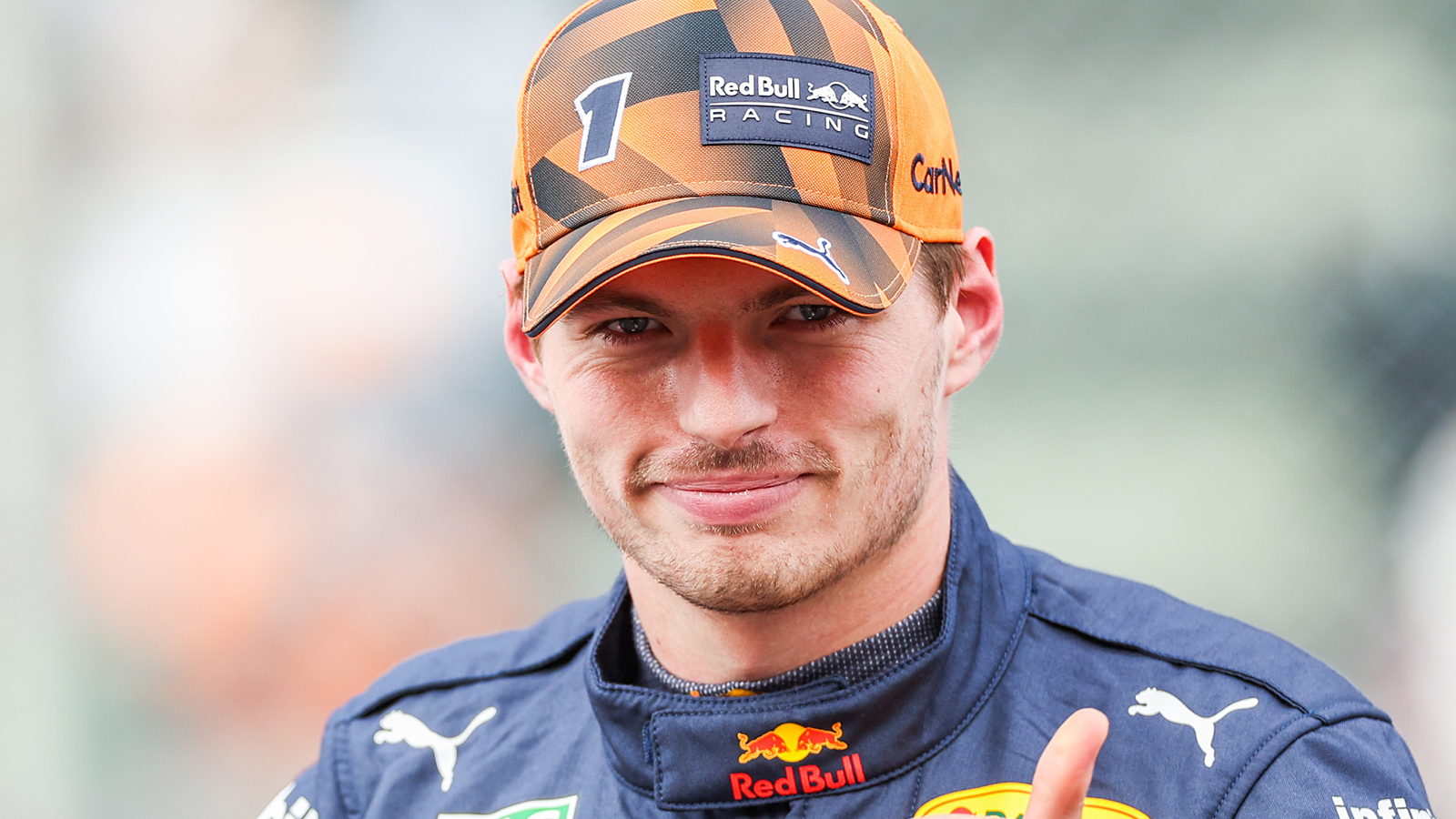
Formula 1’s Most Preventable Death Could’ve Been Stopped by Simple Fire Safety Changes
Auto racing is a dangerous sport. Advancements in technology and safety protocols have made it safer. Unfortunately, many changes were too late to save the lives of those who died in accidents that could’ve been prevented or not as bad.
Perhaps the most preventable death in Formula 1 history occurred in 1973. It wouldn’t have taken modern technology to prevent Roger Williamson’s death. Simple changes to fire safety would’ve done the trick.
Who was Roger Williamson?
Roger Williamson had wanted to become a race car driver since he was a kid, according to ASAG. The British athlete began racing on the junior kart circuit at 14 and rose up the ranks as he got older and gained more experience.
By 1971, Williamson was competing in Formula 3, the third tier of open-wheel racing. After a successful first season on the circuit, he jumped to Formula 2 the next year. Williamson won the British Formula 3 Championship titles in 1971 and 1972. In 1973, he joined the top level of open-wheel racing: Formula 1.
Williamson’s death in 1973 was preventable
Twisted Sifter recalls the 1973 death of Williamson at the Dutch Grand Prix at the Zandvoort. Formula 1 had taken the previous year off to make “extensive safety upgrades” to the track, including new asphalt. This included installing barriers and building a new race control tower. It was just Williamson’s second Grand Prix race. Unfortunately, it became his last.
During the race, his car suffered a sudden tire deflation. It sent Williamson into the barriers at a high speed, with his vehicle flying 300 yards across the track and into the barriers on the other side. The car burst into flames upside-down, and he could not extricate himself from it. Williamson wasn’t injured in the actual crash but died of asphyxiation.
Fellow driver David Purley ran over to assist Williamson but could not turn the car over. Some people, including other drivers, saw Purley standing outside the car. They thought he was the vehicle’s driver who safely exited after the crash. The fire marshals on the corner were poorly trained and equipped, with Purley using the only fire extinguisher to try to put out the flames.
The marshals just stood by — lacking flame-retardant gear — while waiting for the fire truck to make its way across the track. The race continued as officials failed to stop it after Williamson’s crash. Some spectators climbed the fence to help Purley’s rescue attempt, but police pushed them back. The tragedy, which was easily preventable, highlighted the lack of safety measures in Formula 1.
The aftermath of Williamson’s death
While Williamson’s death was a tragic event, it spotlighted that Formula 1, and the racing industry as a whole, needed to make changes to improve safety. The report on Williamson’s crash showed that the barrier was erected incorrectly. This turned it into a springboard for the car to go airborne and turn over.
People also blamed the marshals for not doing more before the fire got out of control. For his attempts to save Williamson, Purley received the George Medal, the United Kingdom’s highest civilian honor for bravery. That wasn’t Purley’s only honor; he received no fewer than 16 awards from international organizations for his heroism.


